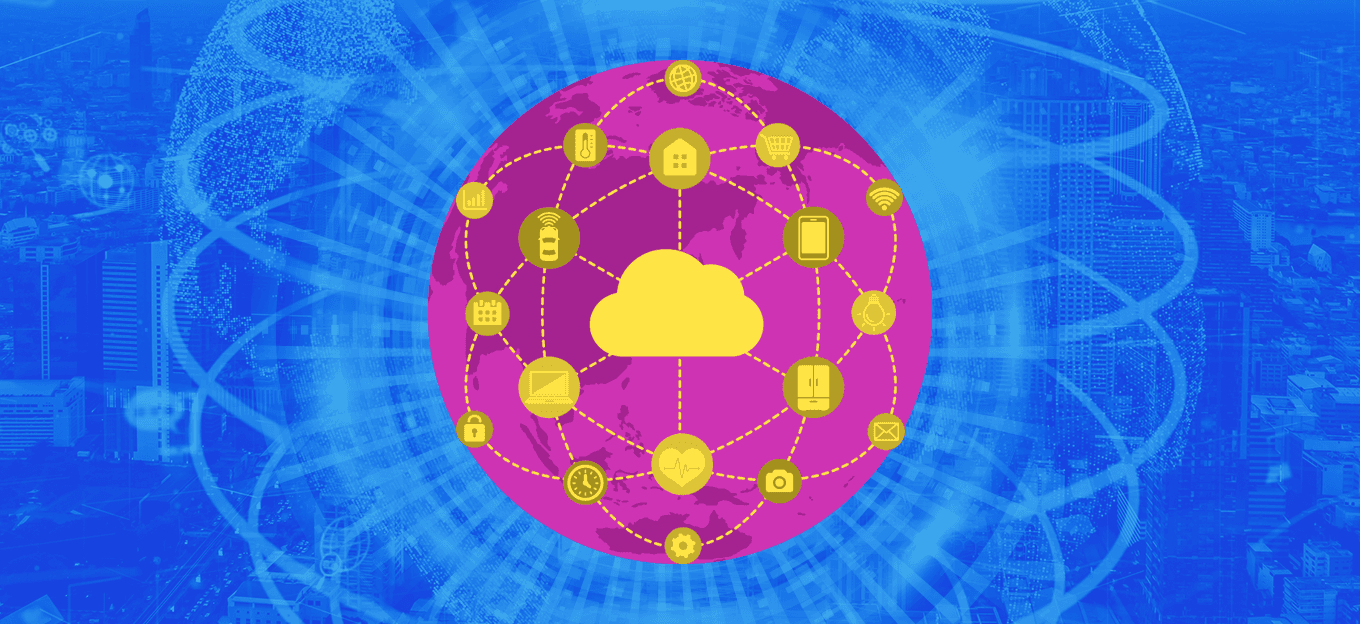Custom Software for IoT Solutions: A Growing Necessity and Expectation
Custom Software for IoT Solutions: A Growing Necessity and Expectation
- Last Updated: December 2, 2024
Guest Writer
- Last Updated: December 2, 2024



As the velocity of technological innovation has increased, the Internet of Things (IoT) has gained tremendous momentum. IoT devices worldwide are projected to amount to 30.9 billion units by 2025, which is a huge jump from 2021. The proliferation of IoT has dramatically impacted daily life. From your smart coffee maker to smart lights, IoT controls a vast amount of our routines and data. It doesn’t end on a personal level either. Nearly every industry uses IoT devices to enhance efficiency, productivity, safety, resource conservation, and security. Custom IoT software will become a necessity for insight into data analytics.
The vast network of interconnected devices collect, send, and exchange enormous amounts of data over networks. Wide-spread IoT solutions power our “smart” homes, phones, cars, wearables, mobile e-commerce, smart grids, and Industrial IoT. The sky is the limit in IoT software innovation.
'Custom IoT software is invaluable for providing visibility and insight into products using data metrics and analytics.' - Nik Froehlich
What Is Custom IoT Software?
Industries in every sector recognize the enormous value of using IoT. IoT solutions streamline operations and facilitate agile business models. According to GlobeData, the IoT market revenue is expected to reach $1 trillion globally by 2024. Hence, there is a rising demand for IoT-oriented software engineering. Healthcare, retail, automotive, manufacturing, financial, hospitality, and many other industries benefit from the adoption of IoT solutions and software.
Custom IoT software is invaluable for providing visibility and insight into products using data metrics and analytics. Cutting-edge IoT software can increase ROI while optimizing operations and delivering an improved customer experience with intuitive GUIs. The derived data analytics and monitoring combine to enhance safety, improve healthcare delivery, monitor critical utility infrastructures, and much more. According to Gigabit, companies recognize the need for custom IoT software and could invest up to $15 trillion in IoT software solutions by 2025. Well-designed IoT software maximizes a company’s investments and growth potential.
Case Study for Customized Software
A company that manufactures fixed and portable signage and speed control message boards needed a way to help their customers track physical assets, manage sign messaging, and obtain diagnostic information from the boards for efficient management. Previously, techs manually plugged into the message board, which could be placed on busy freeways or intersections, for updates and management. They needed a safer, more efficient solution and turned to IoT.
Their chosen IoT software developer designed a custom IoT portable message sign system. This is a remote diagnostic cloud-based solution that remotely manages sensors and asset data. The company tracks all their signs and facilitates easy updating for greater, and safer, proactive control. This scalable, intuitive system is adding great value and increased revenue for the signage company.
Three Potential Challenges
While the transformational value of IoT is undeniable, these billions of devices pose an ever-expanding threat. Cyber-attacks pose significant threats to personal data. With more and more of these connected devices entering the market, the potential leaks grow bigger. Standard practices only do so much to secure what is essentially a global tsunami of data in transit and storage. There are real challenges and features to consider when investing in custom IoT software development. Let's take a look at three such challenges:
#1: Security
The astronomical number of unmanned and user devices creates increasing security concerns. IoT software solutions need capabilities like anti-virus, multi-factor authentication, network access security, and SSL/TSL encryption to mitigate the growing threat landscape.
#2: Operating System Considerations
The Most Comprehensive IoT Newsletter for Enterprises
Showcasing the highest-quality content, resources, news, and insights from the world of the Internet of Things. Subscribe to remain informed and up-to-date.
New Podcast Episode

Moving Past the Pilot Phase in IoT and AI
Related Articles





